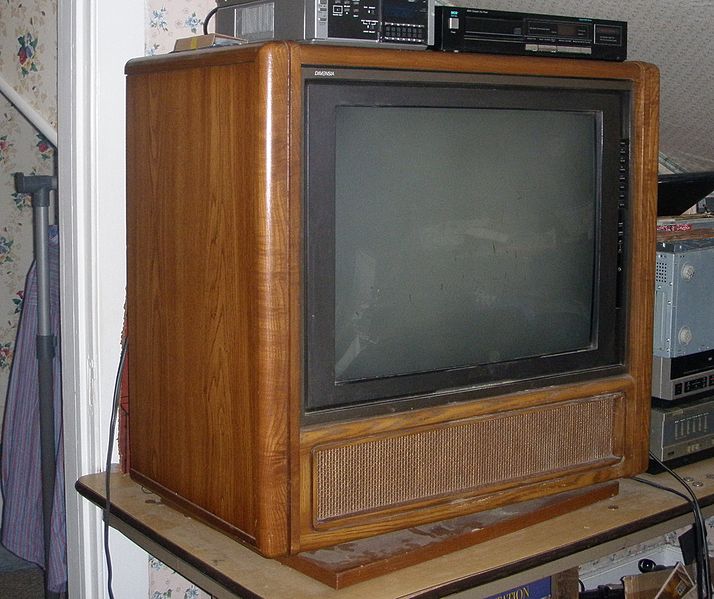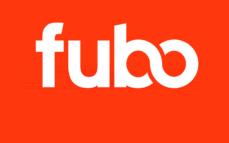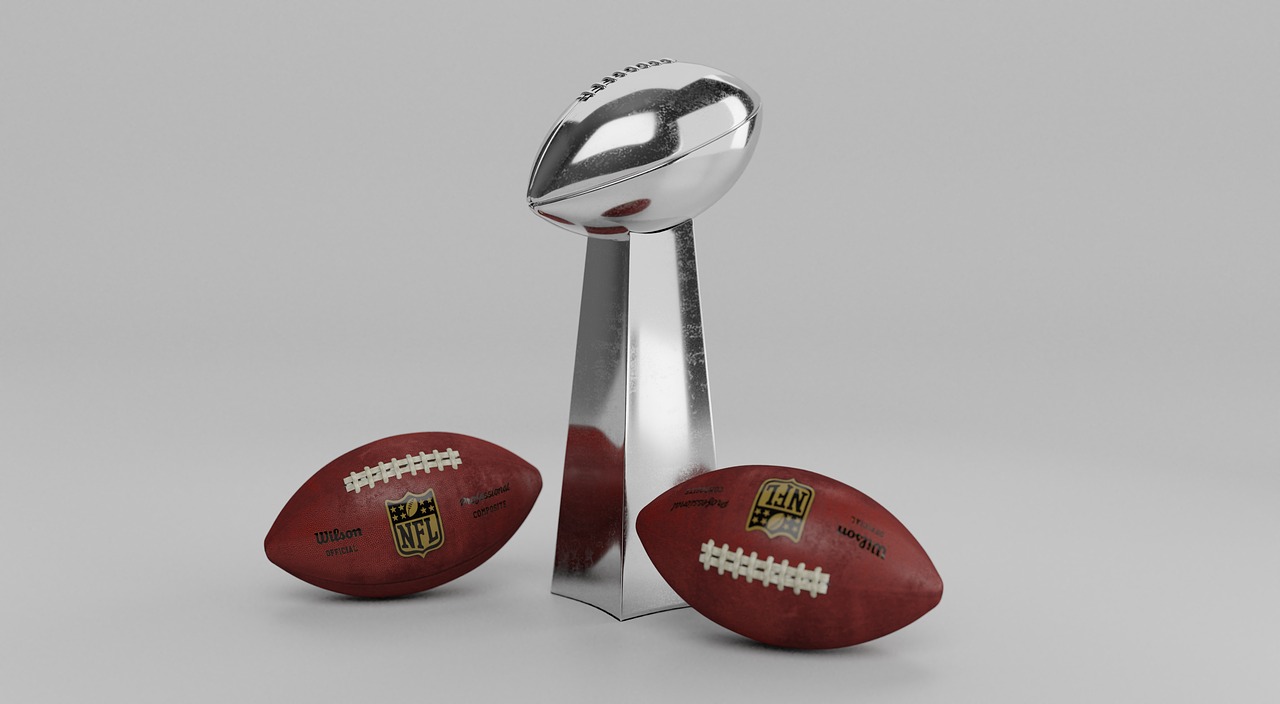A couple of months ago I was bored and decided to look at what all cable networks were available on the various Over the Top (OTT) services which resulted in the accompanying graph, but before I get into what I discovered walk with me back to the 1990’s when status symbol technology was a pager and your cell phone was so large it couldn’t fit into a Supersize cup at McDonald’s. Internet was a real thing but it required using the telephone line and the computer to dial a number and connection speeds were so slow that just one picture taken by today’s smartphone could easily take five to ten minutes to download off of the world wide web. A dedicated internet line meant that you had two phone lines into your house, one phone to make and receive phone calls and the other was only for your computer and occasionally used to send and receive faxes.
But for a very brief moment in time, all of the news organizations were focused on the skyrocketing costs of cable which resulted in a Congressional hearing. In little more than a decade prices had increased exponentially. in 1982 when cable first became available in my small hometown it cost $17 to get 17 channels and that included HBO and Cinemax. But by the time I moved into an apartment in 1996 basic cable without those two premium channels cost me over $40. The inquiry in Washington resulted in the current tiered system where the cable companies would offer a local only option then the cable channels would increase based on various tiers.
While I always suspected that this was done in large part because the cable companies didn’t want rules, regulations, and laws to be written explicitly for them, it was enough to keep the masses at bay.
Interestingly enough, one of the topics brought up during the debate was that cable companies had no real competition and in many ways was no different than a monopoly. Sure, you can look across the United States and see several hundred cable companies, but let’s make a fair comparison though. What would you say if only McDonald’s could operate in certain communities and Burger King operated in certain communities and they had an agreement that they wouldn’t cut into each others territory? How about Exxon and Standard? Wal-Mart and Target? While all of them can have the same products, they are still required to attract you as the consumer to shop at them as opposed to ‘the other guys’, but they would also need to bring something that the consumer wants at a price they would be willing to pay. A glass is just a glass regardless of you buy it from Target or from Wal-Mart, but yet two companies offer very similar products charge different prices for them. Target and Wal-Mart have carved out very specific niches in the marketplace and it’s not uncommon for individuals to say that they wouldn’t shop at the other for various reasons.
And here is where I began to see the value of the multiple Over the Top services that are being offered today. It is bringing competition to the cable companies where they no longer have control of you because you live in a certain community plus they need to be eager to compete with what was once considered allies or they risk losing business. Meanwhile we are seeing is the beginning stages of ‘cable providers’ carving out a specific niche in the marketplace where they are required to attract customers. This is a very exciting time!
While it’s easy for a blogger or a journalist to go on and on about the latest entry into the OTT services, it doesn’t serve the community at large who should be looking for a service that best suits them. One important factor in deciding which of these services would be best suited for you is giving you access to the cable network that you desire the most. Another aspect is knowing which streaming devices they are available on, so we will be looking at the services individually so that you can see how they work and how it may affect your decisions on if they are a value or not. In the upcoming weeks, we will be launching a series on what the live streaming services offer, how they work and what truly separates the user experience from one to another. Considering that most offer the same core channels we will be looking closer at interface, usability, and tiers as we build a comprehensive guide for cord cutters now and in the future.






